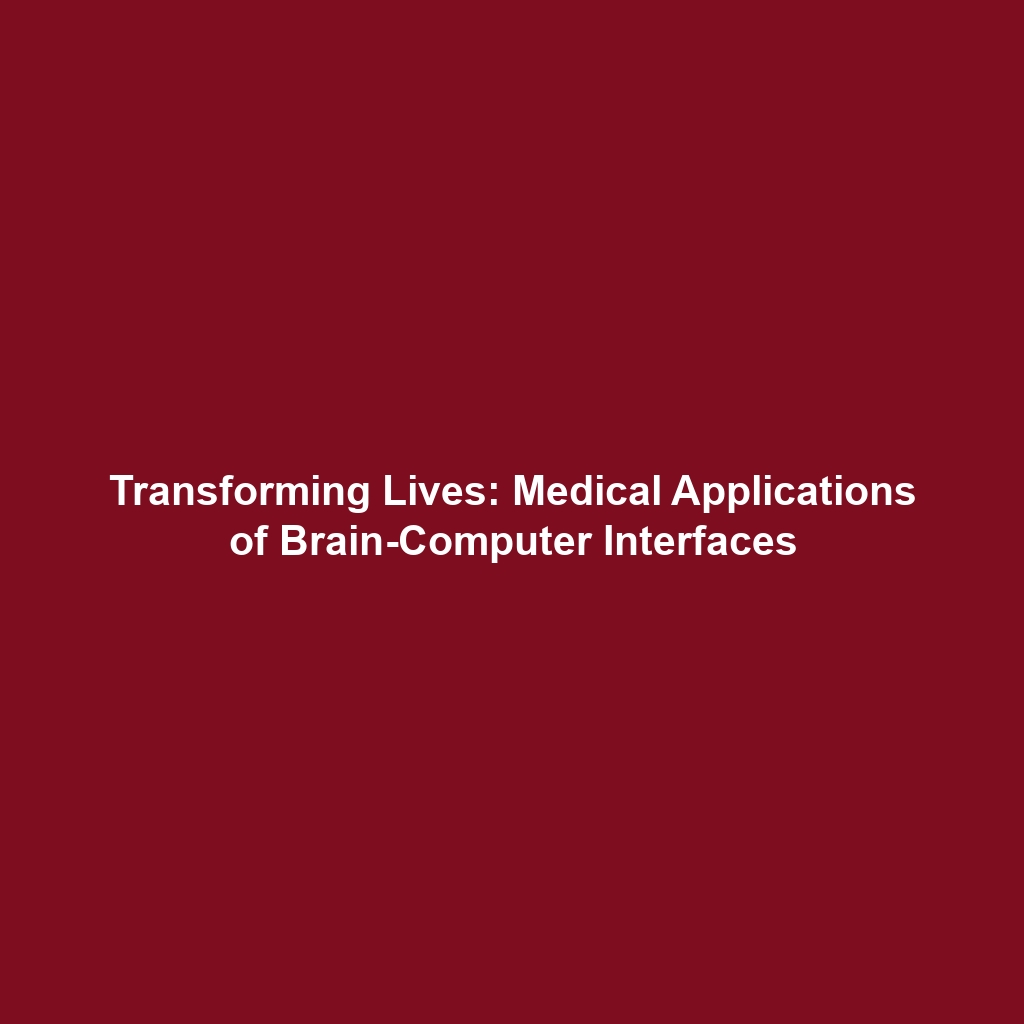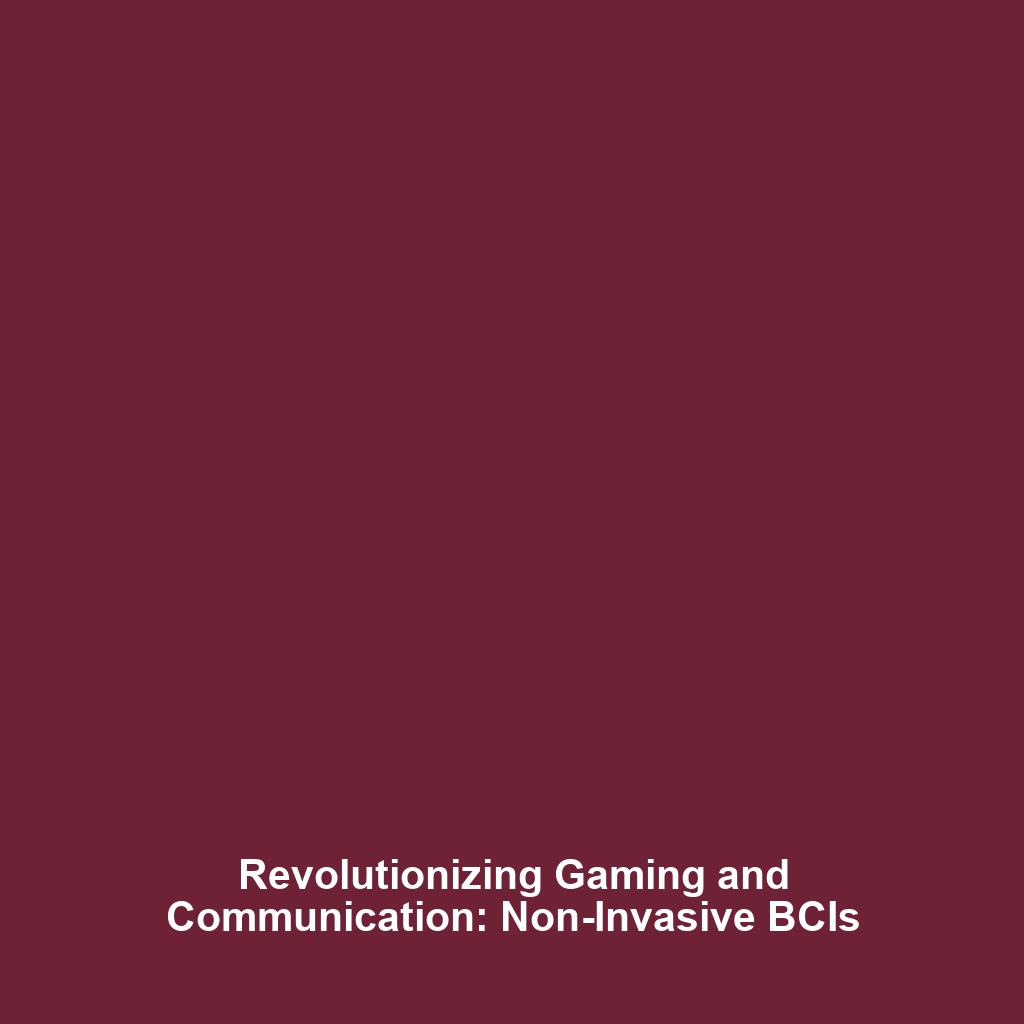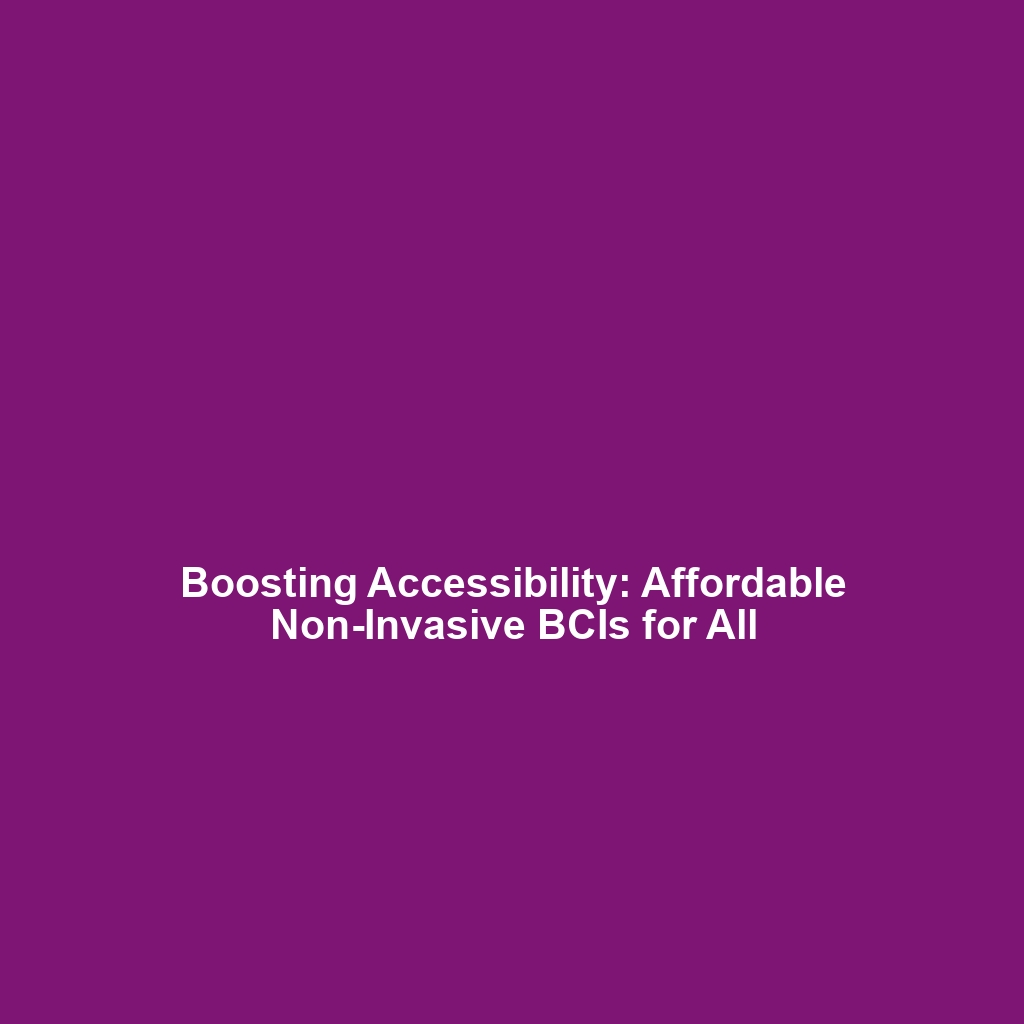Autonomy and Consent: Ethical Implications of Invasive Brain-Computer Interfaces
Introduction: The emergence of Brain-Computer Interfaces (BCIs) has transformed the landscape of neuroscience and technology. However, the development of invasive BCIs raises critical ethical concerns surrounding user autonomy and the potential for external control of thoughts or actions. As BCIs become more integrated into medical and enhancement applications, understanding the implications of autonomy and consent within this context is crucial for safeguarding individual rights. This article explores these significant issues, shedding light on the ethical dilemmas posed by BCIs.
Key Concepts
User Autonomy: At the heart of the ethical debate on BCIs is the concept of user autonomy, which refers to an individual’s capacity to make informed choices independently. Invasive BCIs, by their nature, may jeopardize this autonomy through unintended consequences.
External Control: The potential for external entities to influence or manipulate a user’s cognitive processes raises serious concerns. Invasive BCIs have the ability to interface directly with neural pathways, leading to fears of misuse.
Applications and Real-World Uses
Understanding how autonomy and consent are integrated into the applications of BCIs is essential. Here are key examples:
- Medical Rehabilitation: BCIs are used to assist individuals with paralysis by enabling them to control prosthetic devices through thought alone.
- Neurological Therapies: Invasive BCIs can provide treatment for neurological disorders such as epilepsy and depression.
- Cognitive Enhancement: Some BCIs are being researched for their potential to enhance cognitive functions, which raises unique questions about consent and autonomy.
Current Challenges
Challenges of addressing autonomy and consent in invasive BCIs include:
- Informed Consent: Ensuring that patients fully understand the risks and implications when opting for invasive procedures.
- Data Privacy: Protecting the personal data that may be collected and possibly exploited by third parties.
- Regulatory Issues: The absence of clear regulations governing the ethical use of invasive BCIs.
Future Research and Innovations
Innovations in the realm of BCIs are rapidly evolving. Future research may focus on:
- Enhanced Communication Protocols: Developing frameworks for ensuring patient autonomy is preserved during BCI interventions.
- Next-Gen Technologies: Innovations aimed at making invasive BCIs safer and more effective, potentially eliminating risks to autonomy.
- Ethics in AI Integration: Understanding the implications of integrating AI with BCIs for decision-making processes.
Conclusion
In conclusion, the ethical implications related to autonomy and consent in invasive brain-computer interfaces demand urgent attention and rigorous debate. As we advance in our understanding and application of BCIs, it is essential to balance the benefits with the protection of individual autonomy. Stakeholders must engage in discussions on regulatory measures and ethical guidelines to navigate these challenges effectively. For further insights into this topic, you may explore our resources on neuroscience applications and ethical considerations in technology.




